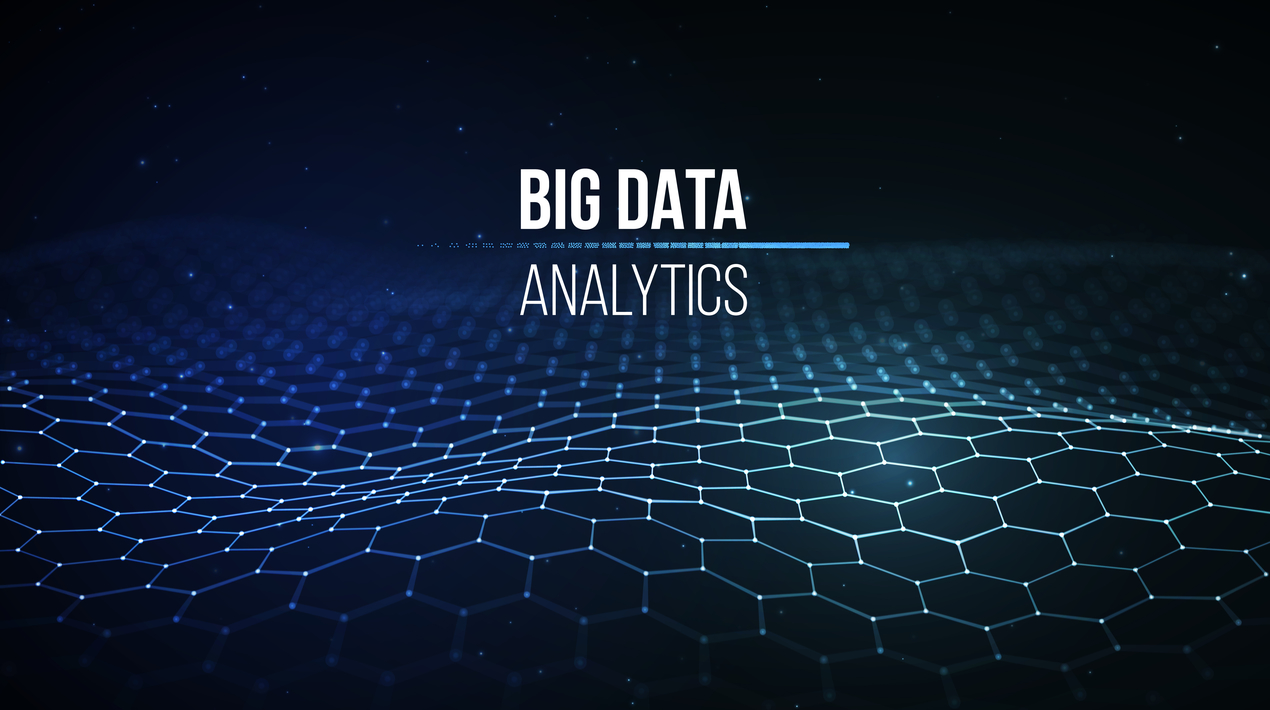
The COVID-19 pandemic has caused havoc in the economic, social, societal and health systems around the world. Controlling such a crisis requires insight into a community’s characteristics and behaviour which can be identified by collecting and analysing related data. Data analytics tools play a vital role in building the knowledge and understanding required in making decisions and precautionary measures.
However, due to the vast amount of data available on COVID-19 from various sources, there is a need to improve on the role of data analytics and data sharing in
- controlling the spread of the virus
- presenting the main challenges and directions of COVID-19 data analysis
- providing a framework on the related existing applications and
- studies to facilitate future research

OpenGov Asia had an opportunity to speak exclusively to Dr Ian Oppermann, Chief Data Scientist, New South Wales (NSW) Government and Industry Professor at the University of Technology Sydney (UTS) to discuss how data analytics and data sharing helped them in their COVID-19 mitigation efforts.
Ian has 27 years of experience in the ICT sector and has led organisations with more than 300 people, delivering products and outcomes that have impacted hundreds of millions of people globally. He has held senior management roles in Europe and Australia. Ian is considered a thought leader in the Digital Economy and is a regular speaker on big data, broadband-enabled services and the impact of technology on society.
When talking about analytics from an NSW perspective during the pandemic, the first thing that comes to Ian’s mind was how the community and organisations began to appreciate the “art of the possible”, the power of predictive data analytics and what they could with it. People were starting to realise that their activities could be supercharged by having access to data.
For example, the NSW authorities started exploring data that showed the movement of people in the community whilst still protecting individual privacy. The government needed to know if people were following COVID-19 movement restrictions, if they were staying at home or if they were going out. If they were venturing out, how far did they move away from their home region (SA2)? This insight could help them make decisions on community-related restrictions based on the level of compliance.
The pandemic also changed the timeframe on which people operate. By understanding these different timeframes using data analytics, authorities could determine initiatives and guidelines that matched people’s routines and tailor-fit them to different communities and individuals.
As an example, the NSW government launched an AI Strategy programme to improve service delivery and government decision-making. Undeniably, AI and data analytics played a key role in automating inefficient and manual processes to deliver better services to citizens and freed up staff time for more critical or frontline work. The programme also assisted in decision-making around resource allocation based on community need.
NSW has been working on privacy-preserving data sharing frameworks for quite a long time but there was not a lot of traction even though they incorporated more deliberate and strategic ways of sharing data. When COVID-19 struck, suddenly all these data-sharing frameworks were in great demand from a range of entities. People looking for these frameworks realised they were readily available with the government and were eager to use them.
In the hour of need, a lot of data sharing happened; but there remained concerns about sensitive data and personal information in data being shared. Knowing this, the NSW government started to implement modified versions of the data-sharing frameworks which had been developed. Extra restrictions were put in place to protect sensitive data including the use of the Personal Information Factor (PIF) tool[1].
Another NSW government programme is the Smart Places Strategy that has been designed to deliver outcomes to benefit the citizens, businesses, employees and partners. With a citizen-centric view, it builds on years of work and enhanced by digital twins, data sharing, security and privacy.
The outcomes span six key areas and were developed using insights from engagement with communities across regional and metropolitan NSW. The Smart Places Strategy focuses on:
- Skills, jobs, and development: grow knowledge capital of people and businesses in NSW to benefit from the transition of the global economy
- Safety and security: provide safer places for people and increase a sense of security
- Environmental quality: (increase sustainability by reducing emissions, resource consumption and environmental impacts
- Equity, accessibility, and inclusion: will improve physical and digital access for the people of NSW to participate in economic and civic life
- Health and well-being: improve the quality of life and well-being for the people of NSW
- Collaboration and connection: bring people, businesses and governments, their data, and services together in a seamless way
Data analytics played a role regarding the cultural shift of working from home/remotely during the pandemic, Ian felt.
Undeniably, the remote working setup was beneficial for society and it perfectly showed that could be done to adapt to a situation. The pressure of working continuously along with the constant struggle of adopting technologies took a toll. As time went by, other challenges started emerging. Employees not in close contact with each other daily experienced an erosion of interpersonal relationships and team dynamic started to fray.
In its bid to aid economic recovery, some parts of the NSW government are starting to mandate its workers to return to the offices at least three days a week. However, recent analysis from NSW’s Productivity team[2] has highlighted that there is indeed an increase in productivity associated with working remotely. So, to reap the benefits of both working setups, a split schedule between working on-site and working remotely was recommended. Adopting a hybrid working environment can help in terms of mitigating the spread of the virus, building back the economy, and improving the camaraderie and welfare of the workforce, all at the same time.
The NSW government is continuously moving forward with data sharing as it is increasingly becoming a part of daily life. However, Ian confirmed, there is a long way to go in this journey. One area they work on consistently is gaining public trust concerning the use and sharing of data by increasing their level of transparency.
Ian firmly believes that efficiency, wider access and keen insights are all to be had with data and data analytics, “Data sharing makes things smart and we should never let a good idea go unborrowed”.
The end goal is, after all, he says, to use the data for the improvement of public services and the benefit of the citizens.
[1] See for example https://www.csiro.au/en/news/news-releases/2021/new-data-privacy-tool-ensures-anonymous-covid-19-data-remains-secure-and-private
[2] https://www.treasury.nsw.gov.au/nsw-economy/nsw-innovation-and-productivity-council/our-publications/nsw-remote-working-insights


















